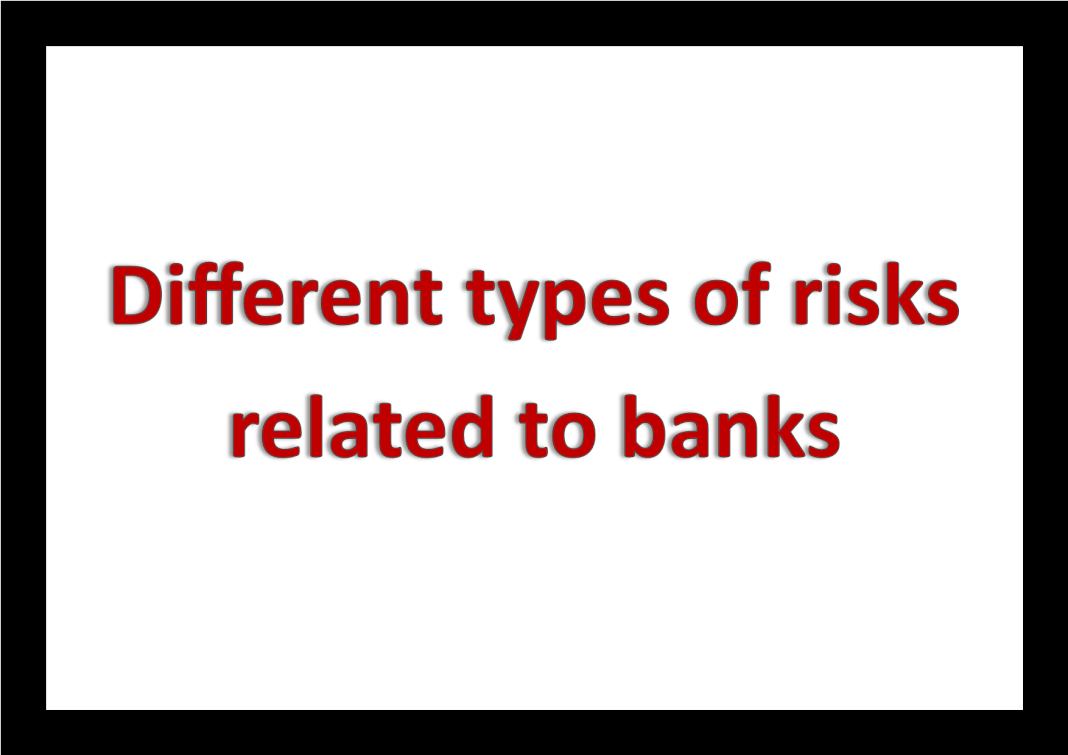For a financial entity like a bank, it may face several types of risks. Some of them are related with the market environment, some related with its internal operations and some related with non-availability of cash. The Basel Capital Standard under Basel III norms addresses four types of risks for a bank. The following are those risks.
- Credit Risk
Credit risk refers to the probability of a borrower not repaying the loan and other contractual obligations. Delays in the payment of the loan also comes under credit risk.
- Market risk
Market risk refers the probability of occurrence of losses on financial investments caused by adverse price movements. Decline in the price of shares bought by a bank is an example for market risk. Poor returns from the securities invested by a bank is another example for market risk.
- Operational Risk
Operational risk refers to the risk of losses related with the weak or faulty operations of the bank. Internal fraud as happened in the case of Punjab National Bank or faulty governance practices etc. may bring losses to the bank and thus are examples for operational risk.
- Liquidity Risk
Liquidity risk refers to the possibility that a bank may not be holding sufficient liquid funds with it and thus facing failure in meeting the payment obligations. When the depositors demand quick withdrawal of their funds, non-availability of cash may create problems for the bank. Under Basel III norms, there is a requirement of liquidity ratio to assess the liquidity risk.
*********










